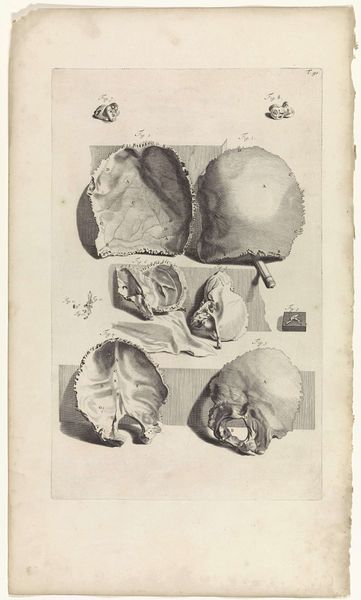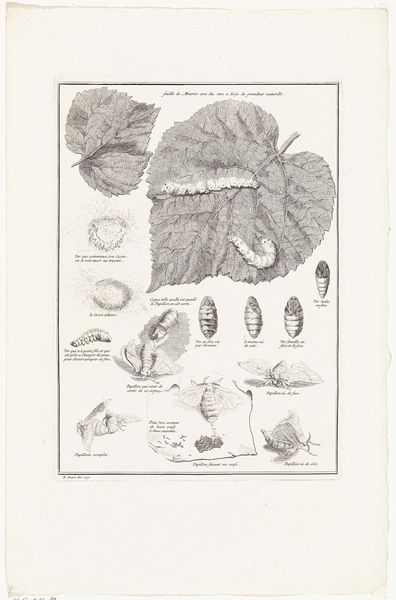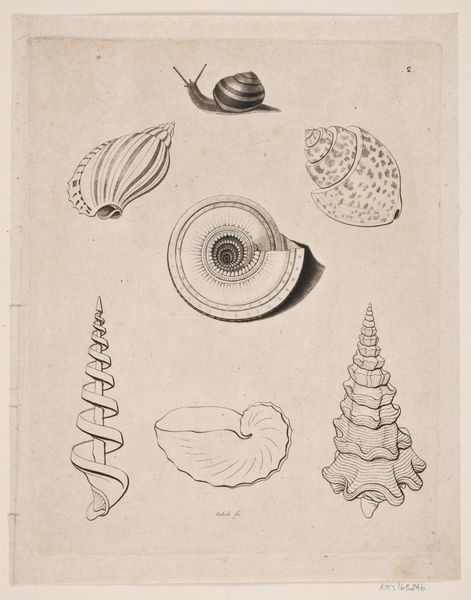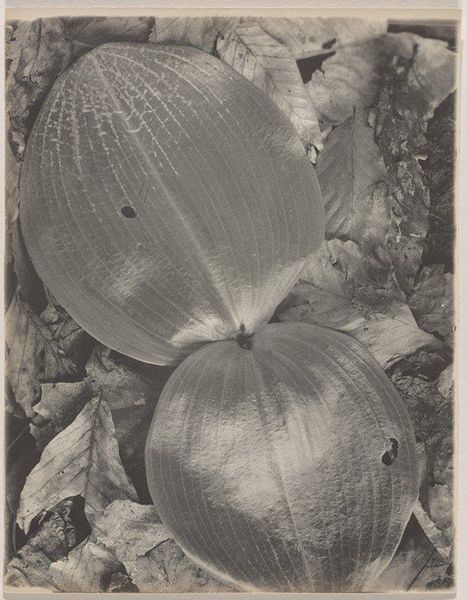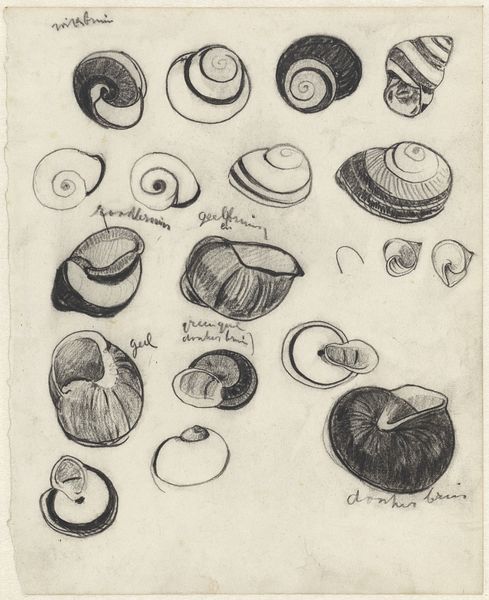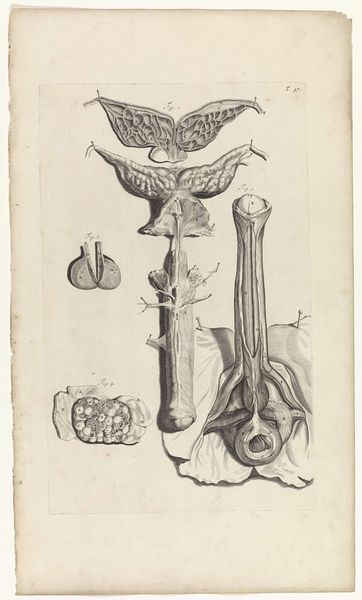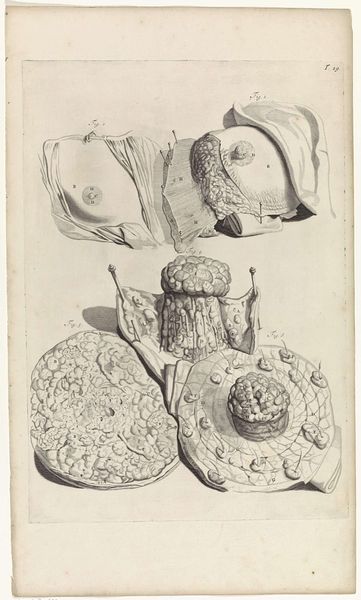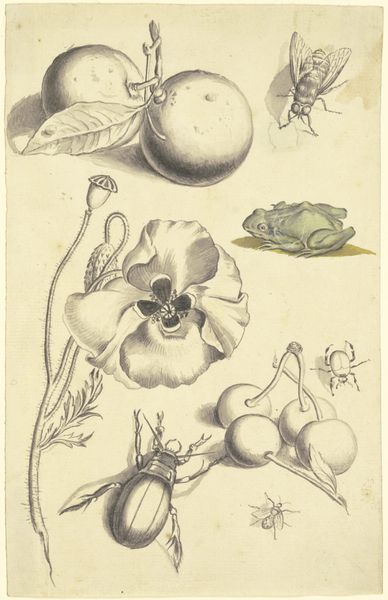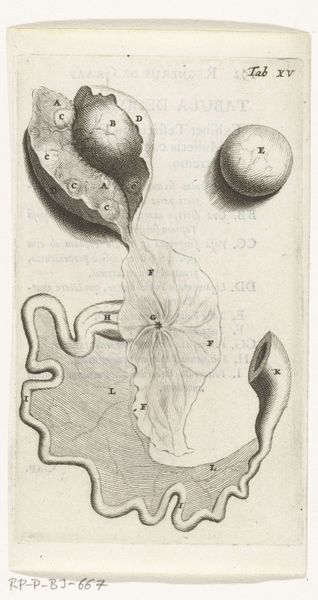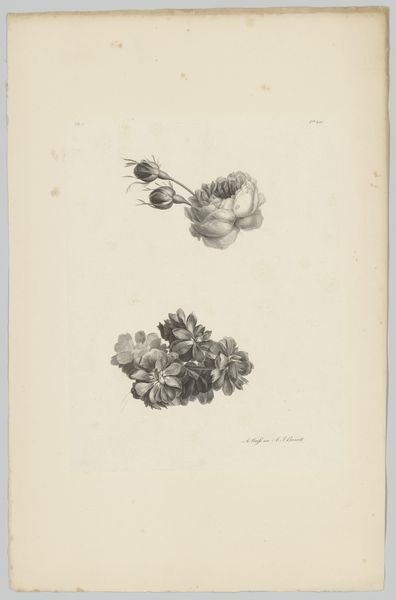
drawing, paper, ink
#
drawing
#
baroque
#
pencil sketch
#
figuration
#
paper
#
ink
#
history-painting
Dimensions: width 280 mm, height 444 mm
Copyright: Rijks Museum: Open Domain
Curator: Immediately, I find this piece surprisingly elegant. Considering its subject, that is. Editor: It’s fascinating, isn't it? Here we have "Anatomical study of the cecum" rendered around 1685 by Pieter van Gunst, held here at the Rijksmuseum. Ink and pencil on paper. But far from simply recording anatomical details, it reveals layers of societal views toward scientific inquiry. Curator: Elegant because, even sectioned and displayed this way, it feels more like a flower than...well, what it actually is. The light, the meticulous shading – it elevates the ordinary, you know? Makes me think about how different things were back then, too. Did people readily look at this type of work? Editor: These illustrations speak to the changing relationship with the body at this time. Anatomy was shifting from something hidden to a field of study and even spectacle. Think about anatomical theaters! But this also gets to the interesting dynamics between the medical profession and artistic training – precise rendering, use of light to highlight form, composition…all key skills also needed for artists preparing history paintings. Curator: I hadn't considered that. But how much of this clinical observation then becomes art itself? There is certainly precision but something else as well – some kind of intent to draw you in. Not just to inform but perhaps to almost admire, in a way that bypasses squeamishness? Editor: Exactly! This is precisely why it remains so captivating centuries later. We're looking not just at intestines but at a tangible representation of changing attitudes about medicine, observation, and how it intertwines with both science and artistic endeavor. It highlights how craft—the literal craft of the artist—shaped our understanding of this, a part of the body often considered hidden. Curator: A complex interplay of the unseen then. Makes me think about unseen labour that went into this to produce this document. And in so many ways we are not so different today are we? That attempt to both unveil but give dignity to our scientific endeavors continues... Editor: Precisely! This deceptively delicate study makes me consider broader views of labour and material culture through a focused look at something literally visceral.
Comments
No comments
Be the first to comment and join the conversation on the ultimate creative platform.
